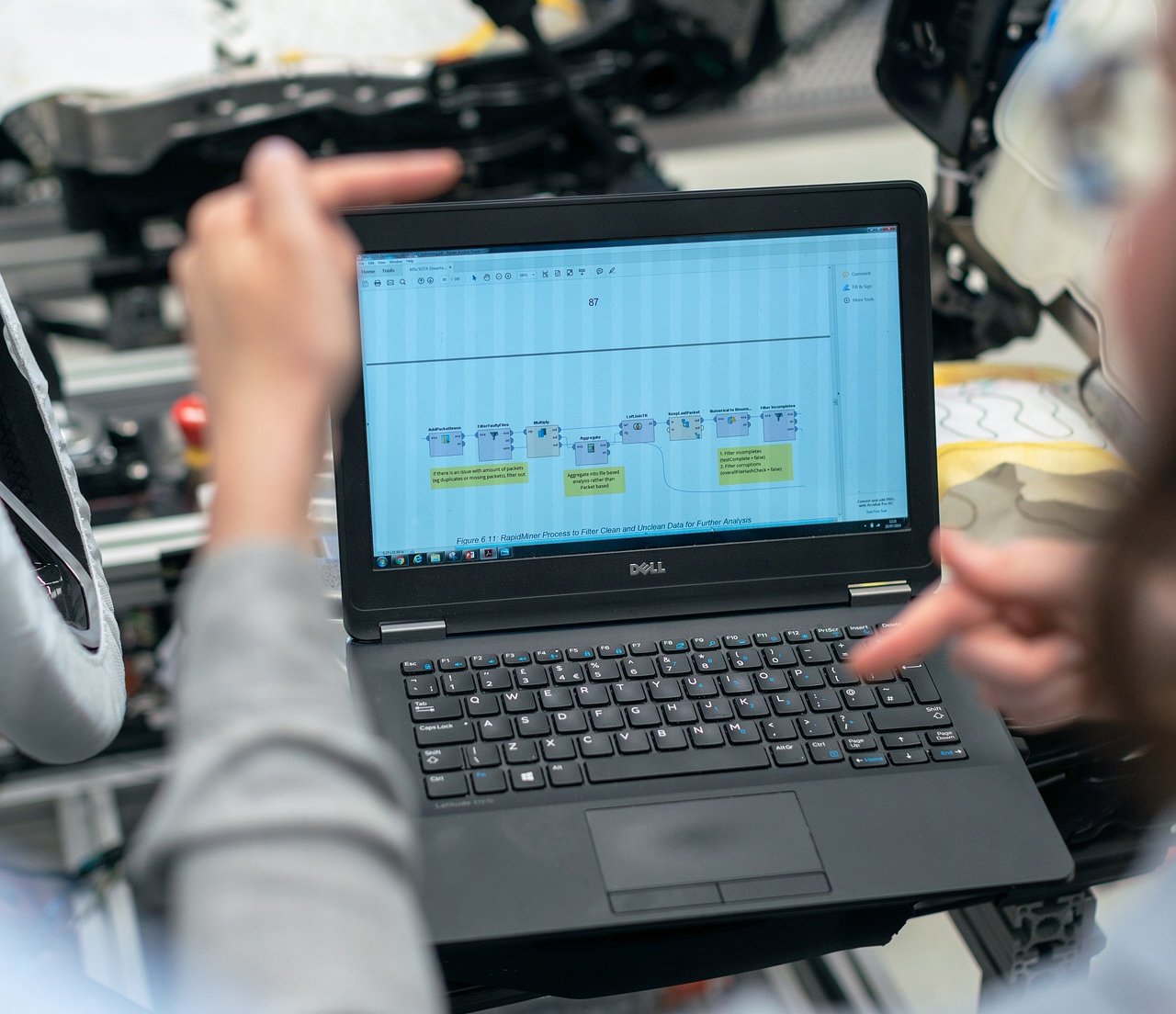
What a year. The two big “Cs” (corona and the chip crisis) dominated nearly everything and an end to the automotive industry crisis is not in sight.
Recently, the major German daily newspaper “Die Welt” reported, citing the CAR Institute under Professor Ferdinand Dudenhöffer, that automobile production in Germany in 2021 will have fallen to the level of 1974. Already in 2017, an unprecedented downturn began from 5.656 million vehicles produced in “the land of the automobile” to 2.850 million units now.
FunFact: vehicle production of the individual OEMs barely dropped in 2021, they just didn’t produce as many in Germany. Actually, this should have led to gigantic social upheavals, but “thanks” to corona, the Germans (and not only them) currently have other worries. This blindness to other problems could prove to be a huge liability in the coming years.
The decline of Germany as a production location?
What the decline unmistakably documents, however, is a decline in Germany as a production location. This has a lot to do with a series of wrong decisions that are becoming increasingly obvious.
There are, of course, the extremely high energy prices, which are making Germany increasingly unattractive. The rise in prices is currently hitting all German industries hard. Thanks to its energy policy, unique in the world, this is unlikely to change in the future. On the contrary.
Also interesting: Bringing solar energy to the market faster through borderless cooperation
In recent weeks, a huge deficit in low-CO2 energy production has become apparent. Of course, this is due to the hesitant expansion of renewable energy producers such as wind and solar, but even more so to the fact that in the winter months the wind doesn’t like to blow at all and the sun is only available briefly, if at all. Even 10 times the number of renewable generators would not have changed anything. Ten times zero still equals zero.
Increasing energy demand
At the same time, energy demand is growing due to new laws, which were not carefully thought through. Among other things, they stipulate that new buildings may no longer have oil or gas heating systems. The heat pump is currently the favored heating method of the new German government’s traffic light coalition and the EU, but it needs a lot of electricity. Of course, “green hydrogen” continues to haunt the halls of politicians. However, this would further exacerbate the precarious CO2-free energy situation.
But that’s not all: electromobility is also set to explode in Germany in 2021. The CAM (Center of Automotive Management) under Prof. Stefan Bratzel expects a further increase in the market share of pure electric vehicles by the end of the year. In November, they accounted for 20.3% of all registered vehicles and could even reach 23% or more in December.
Charging infrastructure
If so, more than 345,000 additional electric cars should have been added in 2021 alone, more than from 2018 to 2020 combined. But the total market share will still be below two percent, because the million mark has not yet been exceeded.
So there’s still a lot of room for improvement. More electric vehicles need more electricity. And charging infrastructure. Here, the ratio is currently changing rapidly to the disadvantage of the electrically-powered drivers. More and more electric cars have to make do with fewer charging stations.
Counterproductive CO2 energy policy
Last but not least, at the end of 2021, more nuclear power plants will go off the grid due to the nuclear power phase-out, a source of power that had previously supplied electricity without CO2 emissions. They will be replaced by gas-fired power plants (yet to be built). These plants could be classified as “green” technology by the EU, while nuclear power plants are not to be given this attribute according to the will of the traffic light coalition – a sheer travesty.
The reality, however, leads the German energy policy ad absurdum. France’s nuclear power plants produce an average of 50-60 g of CO2 per kilowatt-hour, while in Germany the 450 g mark is permanently broken. Now, in France, the CO2 level has currently risen to over 100 g because several nuclear power plants have been shut down for maintenance. The missing electricity comes from, you guessed it, German coal-fired power plants, among other sources.
A disappointing year
What can we expect for 2022? Will everything take a turn for the better in Germany?
That is highly doubtful, because ideological constraints and a dysfunctional bureaucracy will hardly bring about a quick turnaround for the better.
Due to the shutdown of the last nuclear power plants, CO2 emissions and costs per kilowatt-hour are likely to continue to rise sharply in 2022. Although the government wants to compensate by capping the EEG levy, the previous administration under Angela Merkel was already unable to prevent a further increase – despite grandiose announcements made almost 2 years ago.
Bad news for the car and energy-intensive industries. BMW, it has just been announced, is in the process of relocating further parts of its car production to China in 2022…
Read the other columns by Bernd Maier-Leppla here.
About this column:
In a weekly column, alternately written by Eveline van Zeeland, Eugène Franken, Willemijn Brouwers, Katleen Gabriels, Carina Weijma, Bernd Maier-Leppla and Colinda de Beer, Innovation Origins tries to find out what the future will look like. These columnists, sometimes supplemented by guest bloggers, are all working in their own way to find solutions to the problems of our time.

